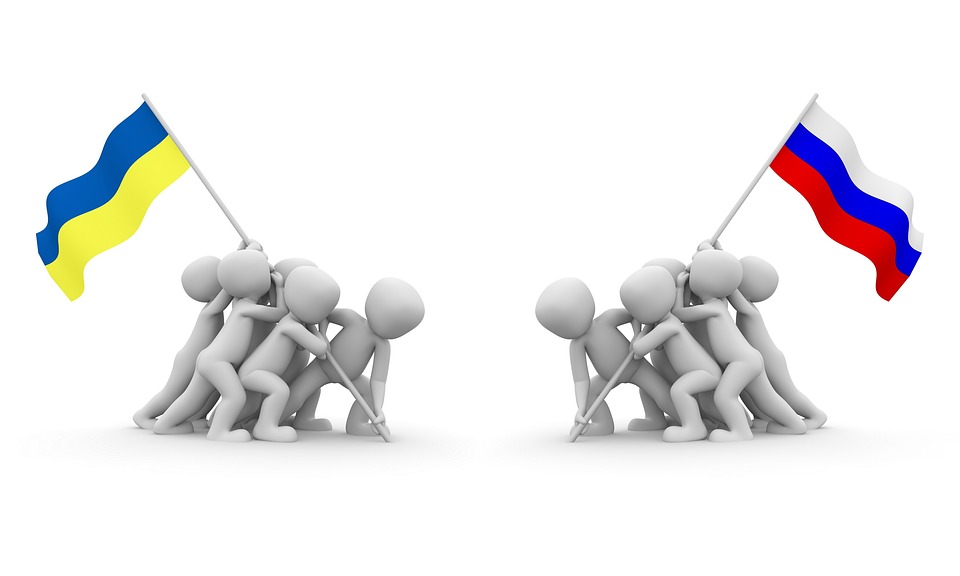Conflict Resolution and Peace Treaties: Navigating the Path to Harmony

Conflict is an inherent part of human interaction, manifesting across personal, societal, and international levels. Yet, as history has shown, conflict also births opportunities for growth, understanding, and, ultimately, peace.
The art of conflict resolution, paired with the establishment of peace treaties, becomes crucial in transforming discord into harmony.
Understanding Conflict: Its Nature and Causes
Conflicts arise from a wide array of sources. At their core, they are often driven by differences in values, beliefs, needs, or interests. Whether between individuals, groups, or nations, these differences can escalate into misunderstandings, disputes, or even violent confrontations if not managed effectively.
The Role of Communication
Communication is central to both the emergence and resolution of conflict. Miscommunication or lack of communication can exacerbate tensions, while open and honest dialogue can pave the way for understanding and compromise.
Effective communication involves active listening, empathy, and the willingness to see the situation from multiple perspectives.
Power Dynamics and Resource Allocation
Conflicts often stem from imbalances in power or the unequal distribution of resources. These imbalances can lead to feelings of injustice and resentment. Addressing these underlying issues requires a fair analysis and a commitment to equitable solutions that acknowledge the needs and rights of all parties involved.
Strategies for Effective Conflict Resolution
Resolving conflict is a nuanced process that requires patience, skill, and a strategic approach. Here are some key strategies:
Negotiation and Mediation
Negotiation involves direct communication between conflicting parties to reach a mutually acceptable solution. Mediation, on the other hand, introduces a neutral third party to facilitate discussions, helping parties to find common ground and develop a resolution that respects everyone’s interests.
Collaborative Problem Solving
This approach encourages parties to work together to identify the root causes of the conflict and explore creative solutions. By focusing on shared goals and mutual benefits, collaborative problem solving can transform adversarial relationships into cooperative partnerships.
Conflict Transformation
Unlike traditional conflict resolution, which focuses on resolving specific disputes, conflict transformation seeks to address the broader social and structural factors contributing to the conflict. This approach aims to change the dynamics and relationships that sustain conflict, promoting long-term peace and stability.
The Role of Peace Treaties in Conflict Resolution
Peace treaties are formal agreements between conflicting parties designed to end hostilities and establish frameworks for peace. They play a critical role in conflict resolution, especially in international or large-scale conflicts.
Components of a Successful Peace Treaty
A successful peace treaty typically includes several key components:
- Ceasefire Agreement: The immediate cessation of hostilities is essential for creating a safe environment for negotiations and rebuilding trust.
- Disarmament and Demobilization: Reducing or eliminating military capabilities prevents future escalations and facilitates the transition to peace.
- Political and Legal Reforms: Addressing systemic issues through constitutional or legal changes can help prevent the recurrence of conflict.
- Reparation and Justice Measures: Providing compensation to victims and holding perpetrators accountable is crucial for healing and reconciliation.
Challenges in Implementing Peace Treaties
Despite their importance, peace treaties often face significant challenges in implementation:
- Lack of Political Will: Without genuine commitment from all parties, agreements may falter.
- Mistrust and Lack of Confidence: Deep-seated mistrust can hinder cooperation and compliance with treaty terms.
- External Influences: Geopolitical interests and external actors can complicate or derail peace processes.
Lessons from Historical Peace Treaties
Examining historical peace treaties provides valuable insights into what works and what doesn’t in conflict resolution.
The Treaty of Westphalia (1648)
The Treaty of Westphalia ended the Thirty Years’ War in Europe and is often cited as a foundational moment in the development of modern state sovereignty. Its emphasis on diplomatic negotiation and balance of power set important precedents for future peace agreements.
The Camp David Accords (1978)
The Camp David Accords between Egypt and Israel demonstrated the power of mediation and strategic diplomacy. The involvement of a neutral third party, in this case, the United States, was pivotal in achieving a lasting peace agreement.
The Good Friday Agreement (1998)
This agreement brought an end to the decades-long conflict in Northern Ireland. It highlighted the importance of inclusivity and the need to address political, social, and cultural dimensions of conflict.
Looking Ahead: The Future of Conflict Resolution and Peacebuilding
In an increasingly interconnected world, conflict resolution and peace treaties must evolve to address new challenges. These include cyber warfare, climate change-induced conflicts, and the rise of non-state actors.
The Role of Technology
Emerging technologies offer new tools for conflict resolution, from digital platforms for dialogue and negotiation to data analytics for understanding conflict dynamics. However, they also pose new risks, such as the potential for misinformation and cyber-attacks.
Emphasizing Sustainability
Sustainable peace requires addressing the underlying causes of conflict, such as poverty, inequality, and environmental degradation. Integrating sustainable development goals into peacebuilding efforts can help create more resilient and equitable societies.
Conclusion: A Commitment to Peace
Conflict resolution and peace treaties are not mere formalities but essential processes for fostering understanding, justice, and harmony in a complex world. By learning from past successes and failures, embracing innovative approaches, and committing to the principles of fairness and empathy, we can build a future where peace is not only possible but enduring.
As individuals, communities, and nations, the path to harmony lies in our collective commitment to resolve conflicts and honor the spirit of peace treaties.






